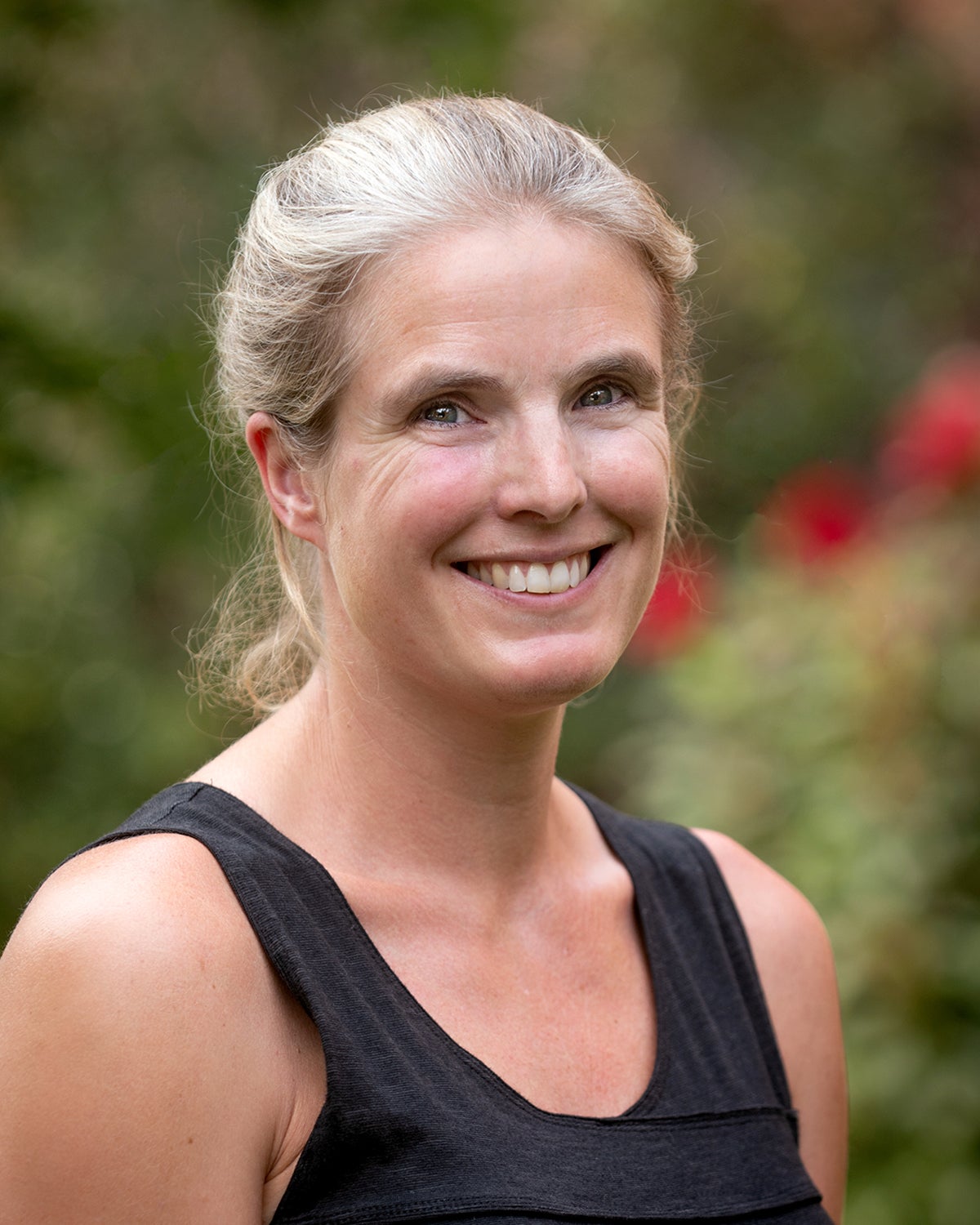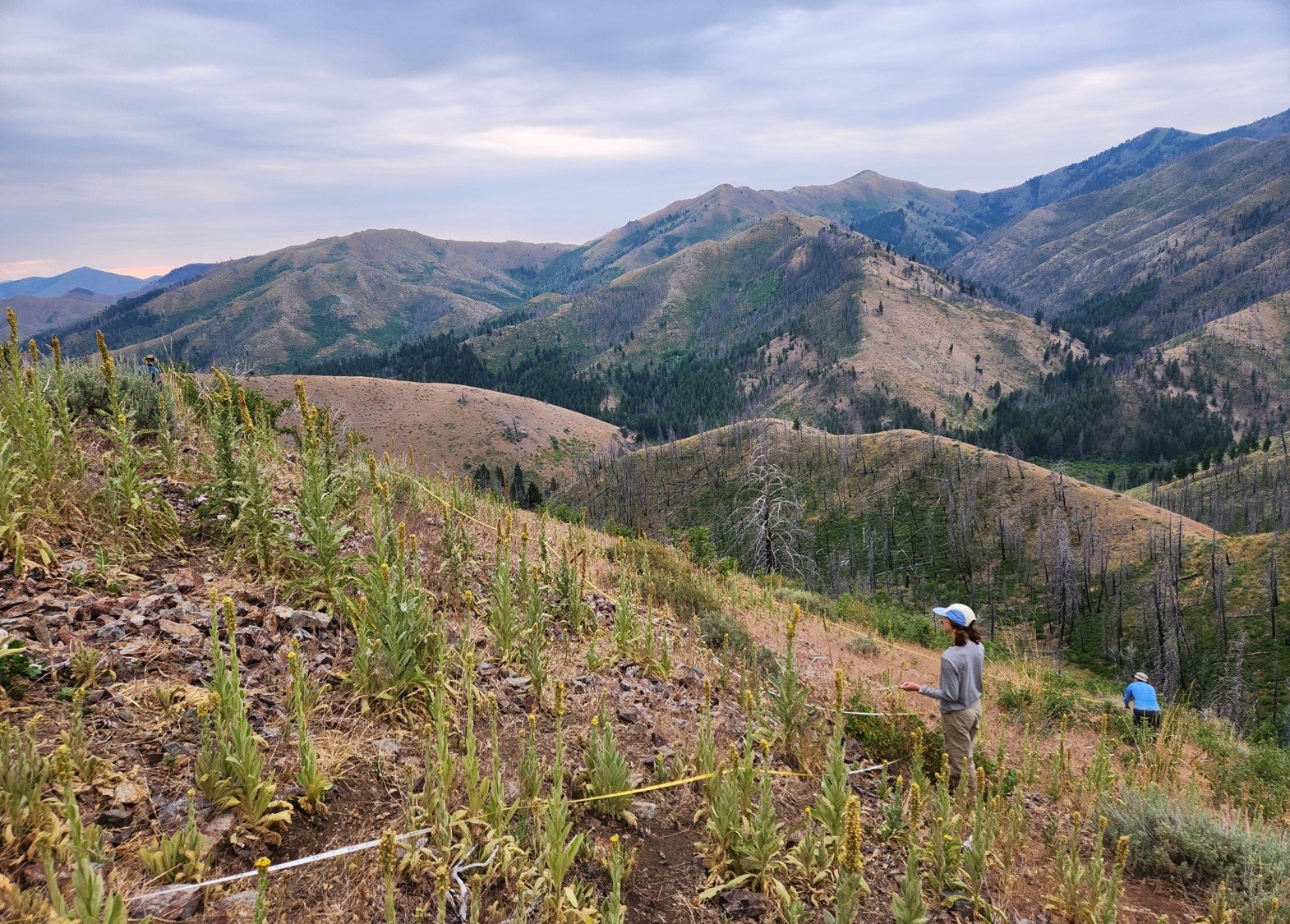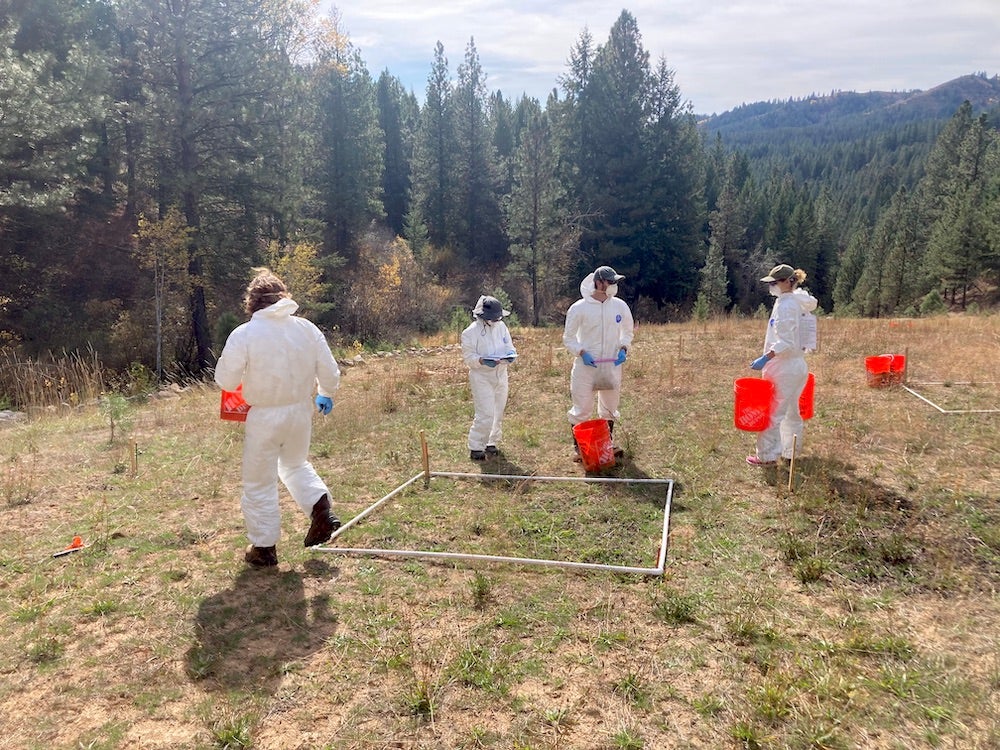
Marie-Anne de Graaff spent much of her career uncovering the intricate relationship between plants and soil – two components that quietly shape ecosystems. But her fascination with this complex connection began at a time and a place few would expect – as a child playing at the beach.
“When I was really young, I saw grass growing on the beach, and I thought ‘How is it possible that something can grow in the sand like this?’” she recalls.
That simple question sparked a lifelong curiosity about how plants survive and thrive in challenging environments, ultimately leading her to pursue a career in science. De Graaff began her academic journey at Wageningen University in the Netherlands, where she earned degrees in forestry and ecosystem management, ecosystem restoration and environmental science. During her doctoral studies, she also spent time at the University of California Davis as a visiting scholar, and later, worked as a postdoctoral researcher at Oak Ridge National Laboratory in the Biosciences Division.
By 2010, de Graaff became an assistant professor at Boise State University. Now, as a professor of biology and associate dean of research and creative activity, and graduate education in the College of Arts and Sciences, de Graaff continues to focus on research that connects plants, soil and the ecosystem.
Through the National Science Foundation’s Establish Program to Stimulate Competitive Research (EPSCOR) project, GEM3 (Genes by Environment: Modeling, Mechanisms, Mapping), de Graaff worked on a team to examine the role of soil microbes in the restoration of sagebrush ecosystems.

De Graaff also investigates how plants and soil affect the carbon cycle – specifically how plants absorb carbon from the atmosphere and store it in the soil.
“Plant roots shunt carbon into the soil after it’s taken up from the atmosphere as carbon dioxide, and then the chemicals that come out of the plant roots interact with the microbes,” de Graaff said. “Part of that carbon will be released back into the atmosphere as carbon dioxide, and part of the carbon will be stabilized on sand, silt and clay particles and sequestered in the soil. We study how interactions between chemicals derived from plants and soil microbes increase stabilization of carbon in the soil. If we can get soil to sequester more carbon, then we reduce the flux of carbon dioxide from soil to the atmosphere and mitigate climate change.”
Her research is important because healthy soil can act as a carbon sink, capturing carbon dioxide from the atmosphere and storing it underground. By trapping carbon in the soil, the process helps reduce the amount of greenhouse gasses in the air, lessening the impacts of climate change. At the same time, it also improves soil health, making it more fertile and better able to support plant life.
In addition, de Graaff is also investigating how ecosystems recover from disturbances like wildfires and mining. When a fire sweeps through an area, it destroys native plants, their habitats, and soil structure. The fire burns the plants and kills essential microbes living in the soil, creating challenges for restoration.

“If a fire goes through the sagebrush steppe, it can change the microbes that were in the soil,” de Graaff explains. “When we reseed with sagebrush, maybe it doesn’t do so well because there aren’t the right microbes for it.”
In these damaged environments, invasive plants like cheatgrass often take over, creating a vicious cycle that makes it increasingly difficult to restore native ecosystem. De Graaff’s work aims to understand how soil amendments can be used to support the return of native plants.
Mining poses a different kind of challenge, with human activities directly disrupting the soil. De Graaff is exploring how to repair these areas too, using techniques that improve soil conditions for long-term recovery.
For de Graaff, the implications of her work go beyond the academic world. She hopes that her research will inspire broader society, as healthy soil affects everything from food production to climate change mitigation.
“The fact that we can actually manage our soils in a way that can make the soil better for us to get things out of and simultaneously reduce atmospheric carbon dioxide concentrations is a really important thing,” she says. “It can mitigate climate change and improve food production or ecosystem health.”
While she remains dedicated to her research, de Graaff finds fulfillment in helping her students grow and colleagues succeed. As her role as associate dean has grown, her focus has shifted from her own projects to the research of others. Supporting the next generation of scientists and researchers is as rewarding as her own discoveries. De Graaff looks forward to continuing to foster an environment of growth and innovation at Boise State University.
This publication was made possible by the NSF Idaho EPSCoR Program and by the National Science Foundation under award number OIA-2242769.
- Article by Zenaida De La Cruz